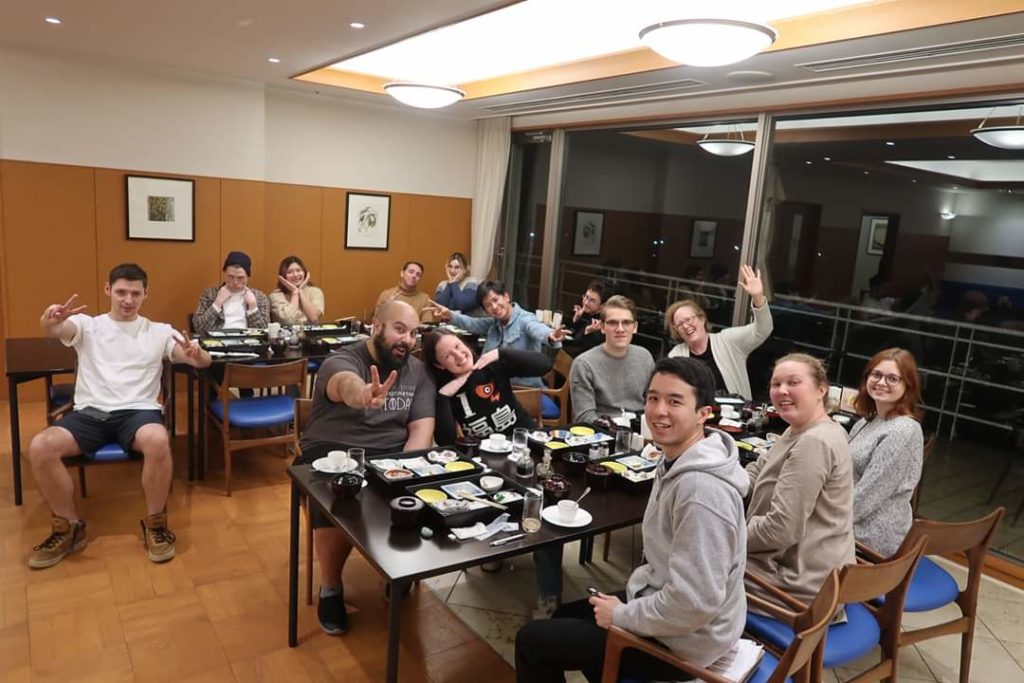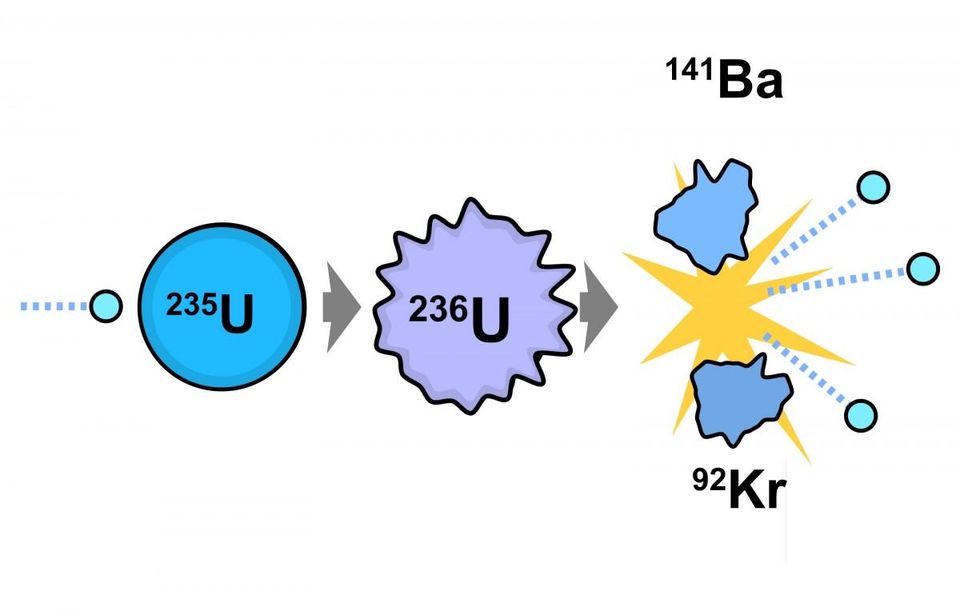Part 1 – The Place
On March 11, 2011 a magnitude 9.0 earthquake hit 80 miles off the coast of Sendai, a city in northeast Japan. The earthquake and resulting tsunami caused major devastation along the coast and critically damaged a nuclear power plant, putting Fukushima on the map and changing the face of the global energy industry.
Fukushima prefecture is the second place I have ever called home, but I lived there years before it was a household name. I fell in love with its rich history and welcoming people in 2006, when I moved there to teach English, and I do not exaggerate when I say that I left part of my heart there when I returned to America two years later. I made lifelong friends and was basically adopted by a wonderful family, with whom I have kept in touch and visit as often as I can.
My time in the Japan Exchange and Teaching (JET) Programme represented a pause in between college and grad school. College for me was a bachelor’s degree in physics, after which I planned to complete a master’s in education and go on to teach physics in high school. First, though, I wanted to make sure teaching was for me. As it turns out, it wasn’t – I loved the kids but not the bureaucracy.

Photo credit: Christian Korey
My graduate school plans turned into an MBA in sustainable business practices, inspired by my love of nature and my desire to make sure that organizations were using resources as responsibly as possible. I didn’t realize when I started my MBA program how significant a role my background in physics would play: my coursework included a consulting project for a Pittsburgh-based nuclear energy company and travel to Germany to meet with RWE (the country’s biggest electricity generator) – both, coincidentally, in the spring of 2011.
When I got news of the earthquake, I was afraid for the people of Fukushima, especially my Japanese sister who lived on the coast, just south of the power plant. Power outages and jammed communication platforms made it nearly impossible to get in touch with people in the country. All of my friends and family were fine, but it was several long, terrifying weeks before I was able to get in touch with them.
It felt ironic to me that the main thing occupying my attention during that time, when I was most concerned about the nuclear power plant in Fukushima and the safety of the people there, was the most concentrated academic focus on nuclear energy I had undertaken since college. However, it also gave me a way to channel my energy and learn as much as I could about the situation and the factors that led up to it.
Exclusion Zone Tour
Since returning to the States in 2008, I had been back to visit Fukushima in 2013 and 2018, but only to my Japanese hometown, which was several hours’ drive inland, in a place that didn’t experience much damage. I had not visited the coast… until now.

Photo credit: Kevin Nesas
Around the end of 2019, both my husband and I applied for and were accepted to a free tour of the Fukushima exclusion zone run by a tour company that is expanding its offerings outside the typical Japanese tourist destinations.[1] The goals of this tour were to combat the negative press and publicity from which the prefecture has suffered since the earthquake, to bring attention to the ongoing rebuilding efforts in Fukushima over the last nine years, and to boost much-needed financial support (via tourist dollars) to the communities that are trying to shake the stigma of radioactive contamination.
Our two-day tour was comped in exchange for providing an honest review and sharing our experiences on social media. Given that, it was no surprise that attractive applicants would have significant social media presence and a large number of followers across multiple platforms. While neither of us even has a Twitter account, I believe Christian and I were attractive applicants because of our combined experience in the nuclear industry and time previously spent in Fukushima. While others in our group of 13 had social media expertise covered (we were definitely in the top quartile of age in the group), we could comfortably speak to questions our travel companions had about the prefecture and the power plant.
Nuclear Power
As prevalent as nuclear power is worldwide as an integral part of our electricity grid, many people do not know exactly what the process entails. In fact, I didn’t get a sense of the basics until I was consulting in the industry. Based on conversations I’ve had with friends and colleagues over the years, there appears to be a direct correlation between lack of knowledge about nuclear power generation and fear of nuclear power generation. So before we get to the incident, we will start with some basics on how nuclear power is supposed to work…
According to a law of physics, a changing magnetic field can create an electric current. Most of our electricity (with the exception of solar photovoltaic) is generated using this law: specifically, turbines rotate magnets around conducting material (such as copper wire) to induce a current.[2] You need some source of power to rotate the turbine, and most use water, wind, or steam. If you want to power your turbine with steam, you need a fuel source to boil water, and that source can be coal, oil, or very specific radioactive material.

Image credit: [3]
The most commonly used element in nuclear reactors is Uranium-235 (the number means that it has 235 particles in the nucleus: 92 protons and 143 neutrons). U-235 is naturally-occurring and commonly found all over the world; the largest reserves in the United States are found in Wyoming, New Mexico, and Colorado.[4]
The U-235 nucleus is easy to break apart when it is bombarded with a free neutron. The atom will split apart into smaller atoms in a process called fission, releasing free neutrons and energy in the process. Those free neutrons can then bombard other Uranium-235 atoms and split them apart in the same way, creating a chain reaction. There is enough energy released in this process to boil the water for steam that will turn the turbine. This method is so effective that one kilogram of Uranium-235 can release 3 million times the energy of one kilogram of coal. That was a very basic overview, but you can find a more detailed explanation of this process here at Wikipedia (yes, it’s lazy, but it’s accurate).[5]
Nuclear energy has been a contested topic for years, with concerns about safety of plant operations and storage of spent fuel, among other things. The industry was experiencing a bit of a renaissance leading up to 2011 (around the time I was doing my consulting work), with the first plants to meet Nuclear Regulatory Commission requirements in about 30 years starting construction in Georgia.[6]
Fast forward a couple months, and the fear around Fukushima cooled faith in nuclear power so significantly that Germany announced a total phase-out of nuclear by 2022,[7] and the once globally-dominant Westinghouse Electric Company began a slow decline toward bankruptcy.[8]
Next week we will look at the details of the incident: what failed and how it became worse than anyone anticipated.
Thank you for reading.
[1] https://japanwondertravel.com/
[2] https://en.wikipedia.org/wiki/Electricity_generation
[3] https://www.forbes.com/sites/startswithabang/2018/10/04/earths-first-nuclear-reactor-is-1-7-billion-years-old-and-was-made-naturally/
[4] https://en.wikipedia.org/wiki/Uranium_mining_in_the_United_States
[5] https://en.wikipedia.org/wiki/Nuclear_reactor
[6] https://www.treehugger.com/corporate-responsibility/obama-announces-plans-for-first-nuclear-power-plant-in-3-decades.html
[7] https://journals.sagepub.com/doi/full/10.1177/0096340211414842
[8] https://www.nytimes.com/2017/03/29/business/westinghouse-toshiba-nuclear-bankruptcy.html
2 Comments
Passport Overused · March 8, 2020 at 11:57 am
Great post 😁
Alison · March 8, 2020 at 1:51 pm
Thank you!